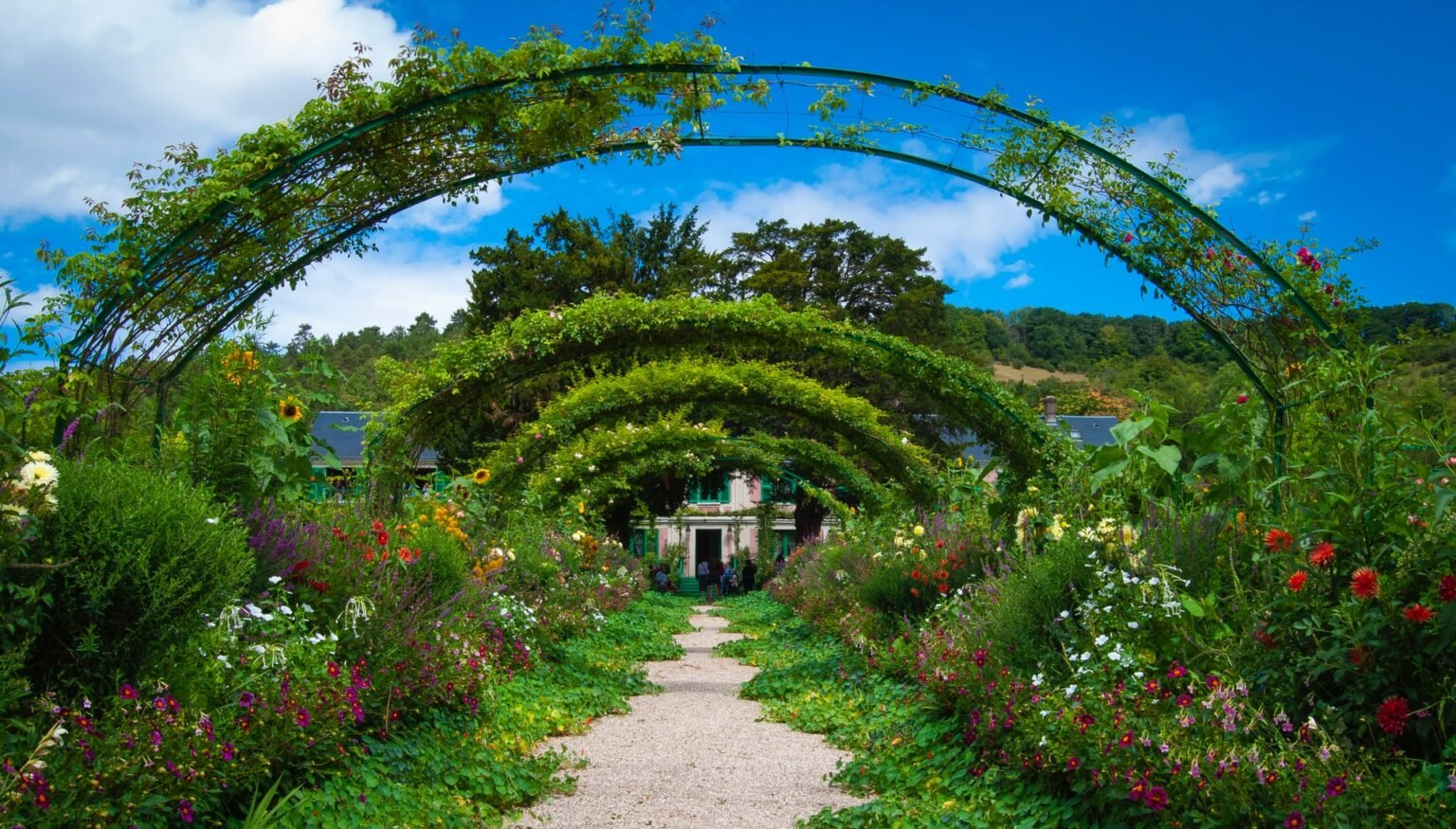A sensory garden encourages mindfulness and a connection with the natural world. If you plan to create a sensory garden for personal pleasure or for individuals with complex needs, this article aims to offer guidance on what it should feature.
What is a sensory garden?
A sensory garden stimulates the senses and enhances visitors’ responses. It calms their minds and allows for a tactile garden experience. Its design is interactive, colourful, textured and immersive, with a focus on stimulating all the senses.
Centuries of paradise
Immersive gardens can be traced through history all the way back to ancient Rome. Julius Caesar’s ‘garden palace’ was prized for its exquisite plant beds, fountains, statues and topiary for centuries after his death.
Elements of the sensory garden can be detected in the paradise gardens of old Persia, monastic and physic gardens of the middle ages, and the public gardens of early modern London. 17th-century diarist Samuel Pepys remarked on the beauty of the Marylebone garden, one of the two largest public gardens of the city. Elsewhere, the increase in maritime trade brought back rare and valuable medicinal plants. As a result, botanical gardens became of greater interest to the general public.
The development of therapeutic gardens in the 19th and 20th centuries has meant sensory gardens are much more focused in their scope. The use of nature to soothe the senses and promote health has become an important part of hospital and healthcare architecture.

Sensory garden for autism & special needs
Sensory gardens are especially helpful for those with disabilities, such as autism. Sometimes, they find it difficult to process too much information from multiple senses. Research shows that different sounds, textures and scents can calm those with developmental conditions. Furthermore, they can promote brain development and enhance social skills.
Sensory garden for adults
Everyone can enjoy the unique delights of a sensory garden. They can be particularly beneficial to adults with dementia, blindness, anxiety or depression. It is a serene form of cognitive therapy that only nature and natural features can offer.
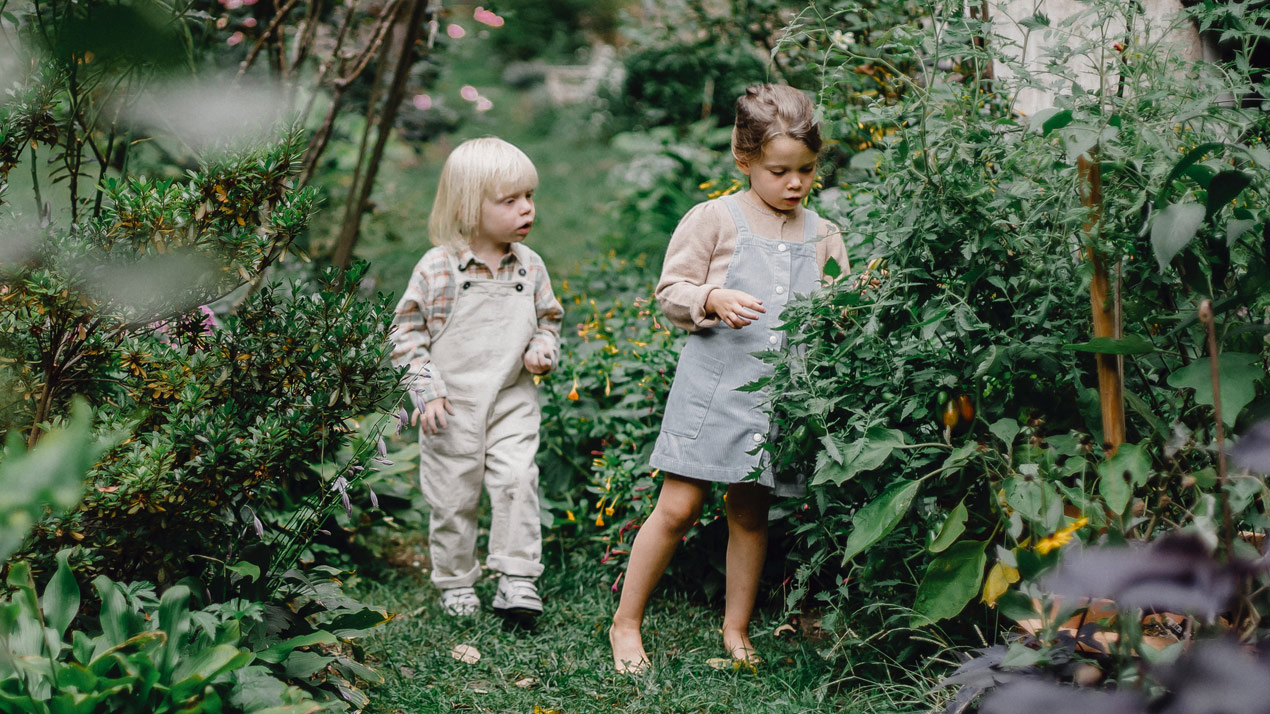
Sensory garden ideas for all 5 senses
Ensure that your sensory garden communicates with all five senses. We have a natural inclination towards our sight. However, psychologists understand that senses work together to perceive, assess and understand sensory information.
Your sensory garden should offer an exploration of every single sense. Here, we’ve put together some ideas that target each sense and some which allow you to combine more than one.

1. Sight: Colourful wildflowers & plants
Wildflowers are visually striking and completely unique. A plethora of bright colours and varying levels of height will delight those enjoying your sensory garden features. Wildflowers attract a variety of pollinators such as bees and butterflies which introduce a sense of movement and sound to your sensory garden too.
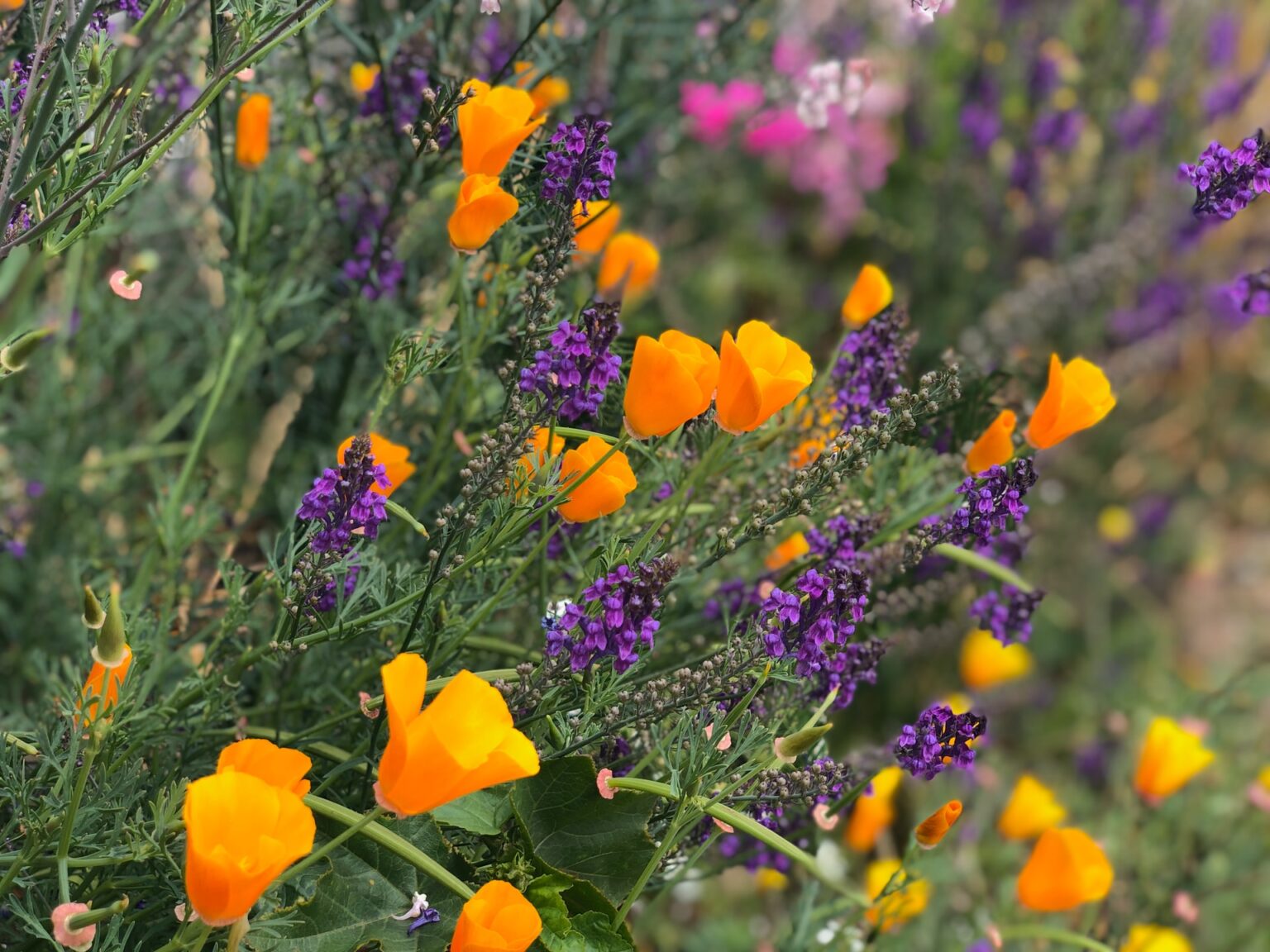
The “first rose”
One of the most popular wildflowers, found in both sensory and other gardens is the primrose. Their pale yellow, white or pink petals are among the first to be seen in their dark woodland habitats during early spring. Hence its Latin name – the ‘first rose’.
After the winter months, a view of this delicately scented perennial in the soft spring light can offer solace and comfort in your sensory garden.
An Elizabethan rarety
Violets were especially popular wildflowers in the 16th and 17th centuries. So striking are their petals that they found their way into countless Shakesperean plays and Elizabethan knot gardens all over the country. Many species are edible and fragrant too.
Sadly, much of the wild habitat for violets has declined. Giving them a home in your garden will enhance your biodiversity, and offer a splash of colour to set off the senses.
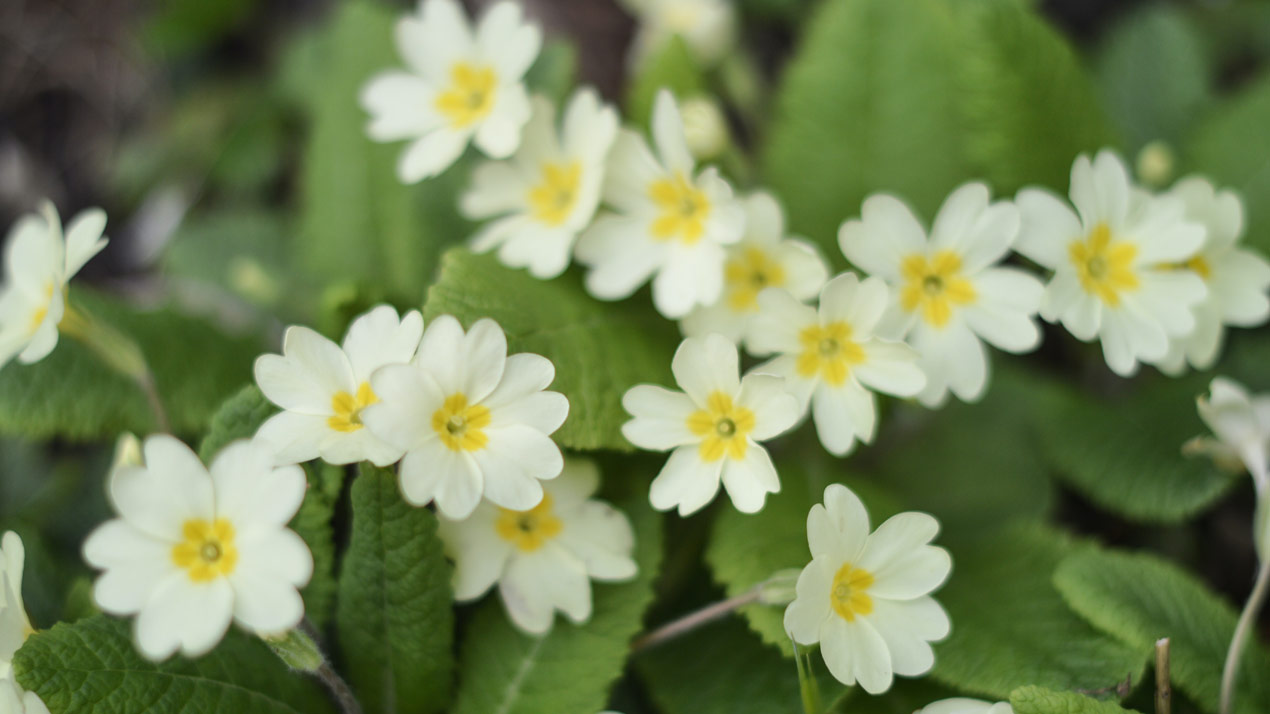
Fragrant for the summer, home for the winter
One of the most vivid scents to be found in the sensory garden is that of honeysuckle. Often found elsewhere in scrubland, it is a climbing vine, the flowers and fruit of which prove very popular will all kinds of animals. It attracts dormice who use its bark to build their nests for the winter.

As the name suggests, honeysuckle has a gorgous sweet aroma. It is a scent that many associate with spring and summer, evoking pleasant memories and well being. It is very popular with pollinators like butterflies and moths, which bring movement and life throughout the days and evenings.

2. Smell / Taste: Herb garden
A dedicated corner for the cultivation of herbs will heighten your visitors’ sense of smell and taste. Be sure to include signs that encourage your visitors to touch, smell and taste the herbs on offer.
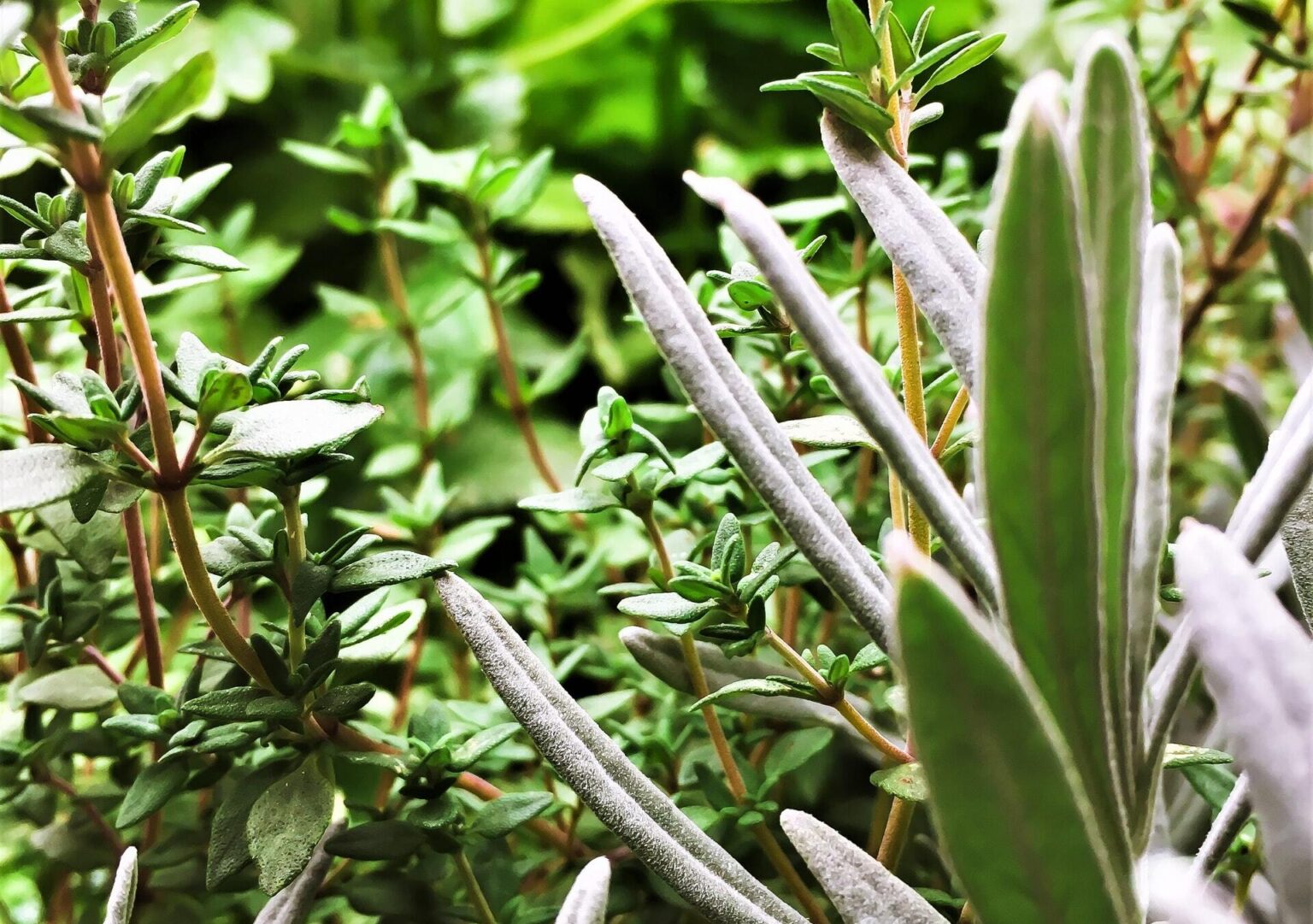
Monastic and rural traditions
Throughout history, the herb garden has served as a place of healing and respite. Long before the advent of modern pharmacies, people would visit their local apothecaries. These were monks or ‘cunning folk’, both of whom had extensive knowledge of these herbs and their properties.
Mint
This aromatic has a long history as a healing plant, taking its name from a Greek deity. The ancient Greeks used to use it as a balm and it has been used the world over for stomach complaints. Now, it is popularly used in cuisine, deodorisation and aromatherapy.
Sage
Sage is another old-world plant that achieved high status, this time among the Romans who used it in religious rituals. Throughout history, it has been used for fertility, dental hygiene and even to ward off plague (with mixed results in all cases).
Whatever its medical properties, it should find a place in your sensory garden.
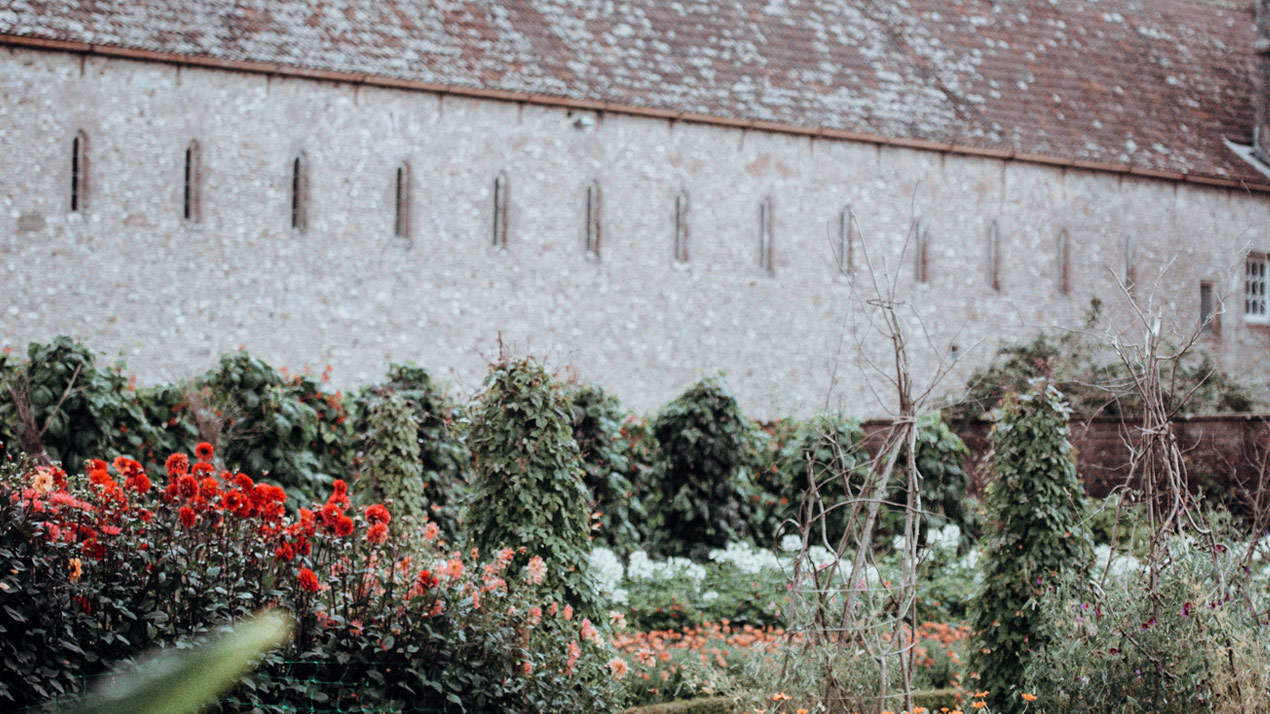
Thyme
Thyme had the dubious honour of being used to embalm Egyptian pharaohs. Later, it would be associated with warding off evil and bringing courage to crusading knights. It has now found its way into kitchens and pharmacies, and is known to attract butterflies.
Bay leaves
The most common bay leaf we use today, Laurus nobilis, also had high status and can be seen crowning the marble busts of Roman Emperors. In your sensory garden, it will give off a distinctive herbal, floral scent that will have mouths watering.

Rosemary
The use of Rosemary as a scent goes back thousands of years, and it was used in ‘Hungary Water’, the first alcohol based perfume in Europe. Since then, its distinct bouquet has been used in countless herbal remedies, fragrances and cuisines.
With such a heavy scent, it is worth experimenting with the placement of your Rosemary so that it complements, rather than clouds the other scents around it.
Parsley
Parsley is best known as a culinary herb, as well as the first herb mentioned in the folk song ‘Scarborough Fair’ (along with other herbs mentioned above). While it doesn’t have the strength of a scent like rosemary or lavender, it has a distinctive ‘green’, herbaceous flavour, which makes it a refreshing addition to food, and a bright aroma for your garden.
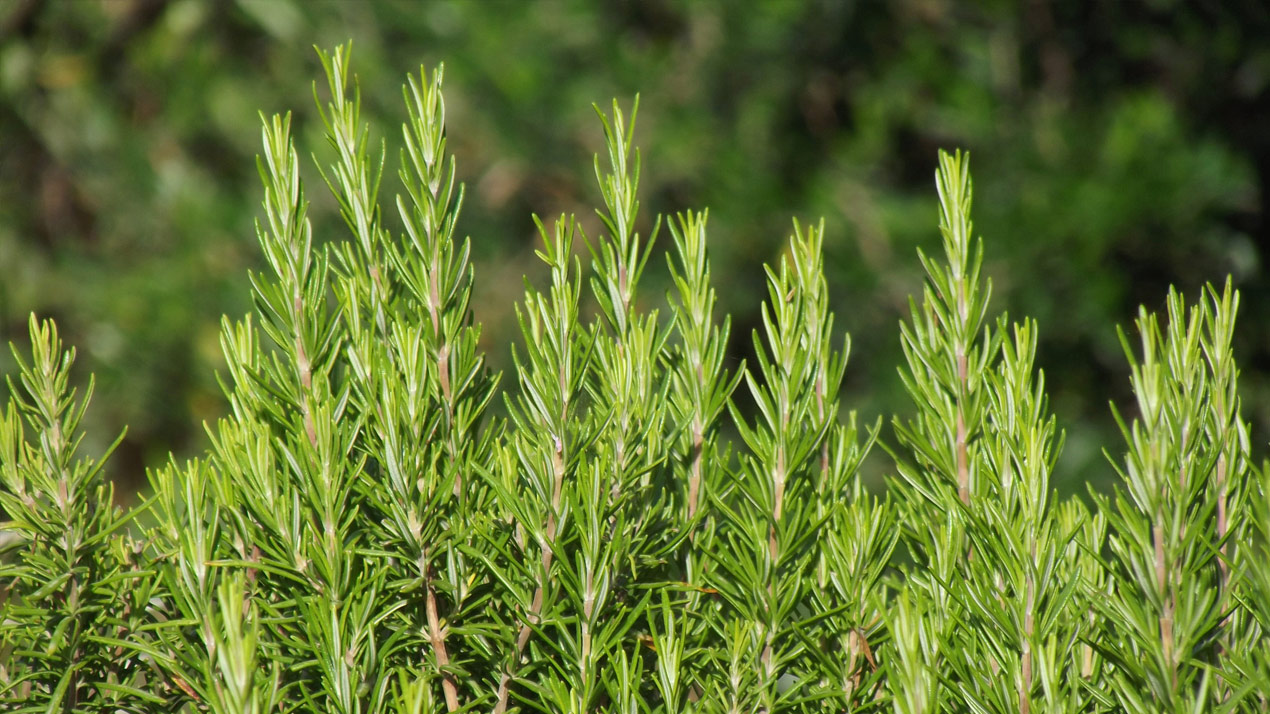
Lavender
One of the most useful aspects of lavender is the relative ease of growing it. It is a tough, hardy plant that bears up well in bleak weather and thrives in the sun. Once it is bedded in, it takes only a little maintenance to keep it fresh and beautifully fragrant.
Like many other plants on the list, it is very popular with pollinating insects, specifically bumble and honey bees. Your garden users can then happily idle away the afternoon watching the bees go about their work.
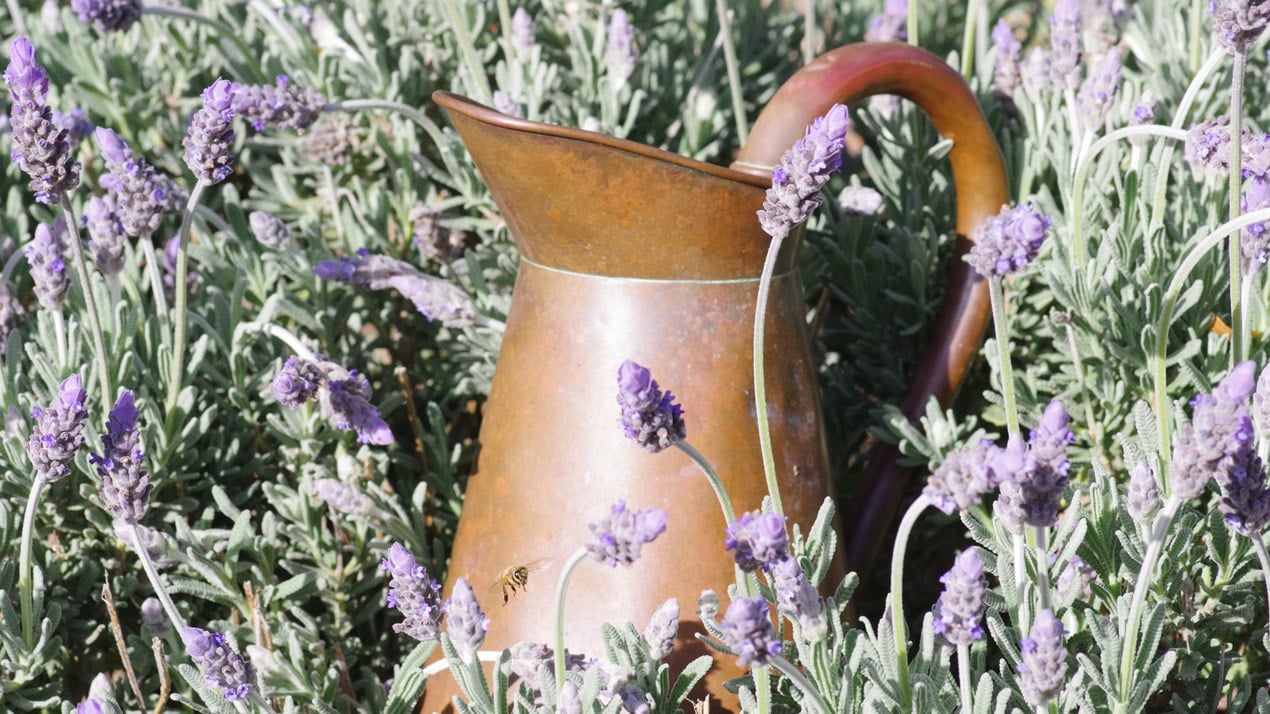
3. Taste: Fruit, vegetables & cooking
Make sure you include an area for fruits, vegetables and cooking in your sensory garden design. Choose vegetables and fruits that are easy to pick and accessible so that everyone (including those with limited mobility) can explore with their hands and taste buds. You might consider a dedicated outdoor kitchen and eating area so your visitors can be at one with nature when cooking and eating.
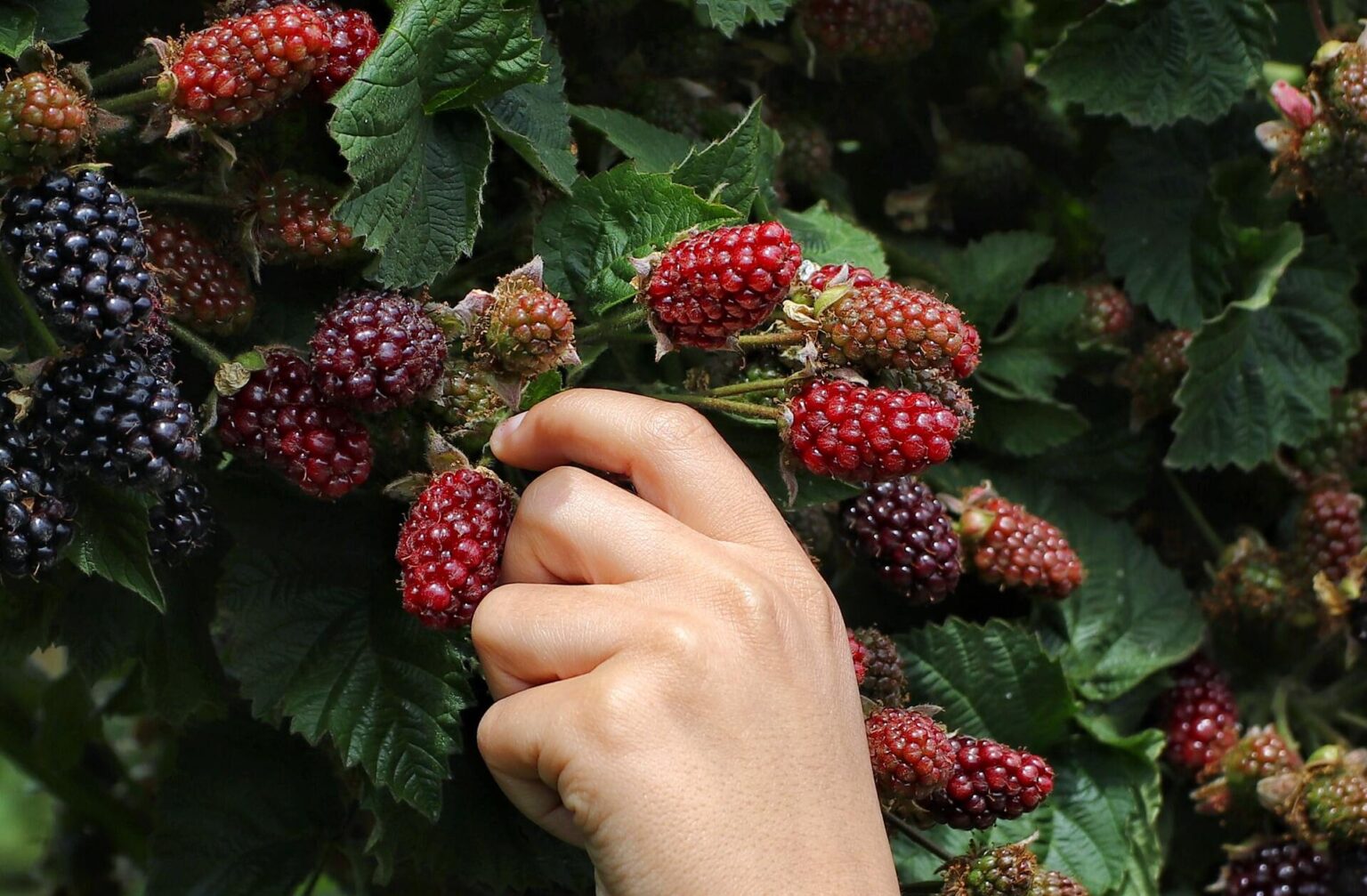
Setting up for outdoor cuisine
How you set up your fruit and vegetable patchs, along with any outdoor cookery accessories, should be very carefully planned. Be aware that some visitors have allergies to particular kinds of fruit and veg, and there are some that require thorough heating before consumption. If you have visitors with compromised immune systems you should set up a cleaning station for the fruit they pick.
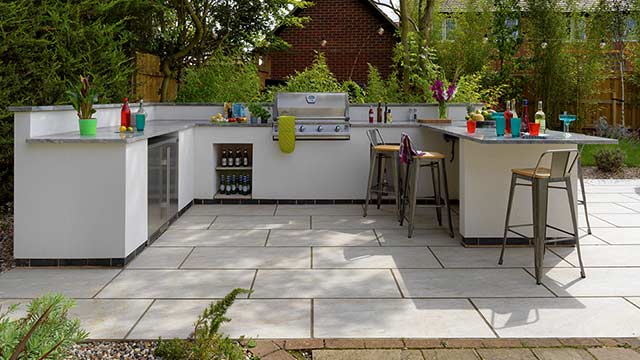
Fruit
To get the best out of your sensory garden, plant fruit that ripens for longer throughout the year. If you aren’t planning on using the fruit to cook with, select those which be sweet enough to eat right off the plant. In the UK these can include:
Be aware that many of these are seasonal fruit and require careful maintenance. Its also important to recognise that, in the case of fruit trees, cultivation can take years and the roots will disrupt the surrounding soil.

Vegetables
Creating and maintaining a vegetable patch can be a very sensory activity in itself. Visitors can get their hands into the soil and pull up root vegetables, check for ripeness, colour and scent. If the vegetable is edible raw they can taste it after a quick clean as well. Some immediately edible vegetables include:
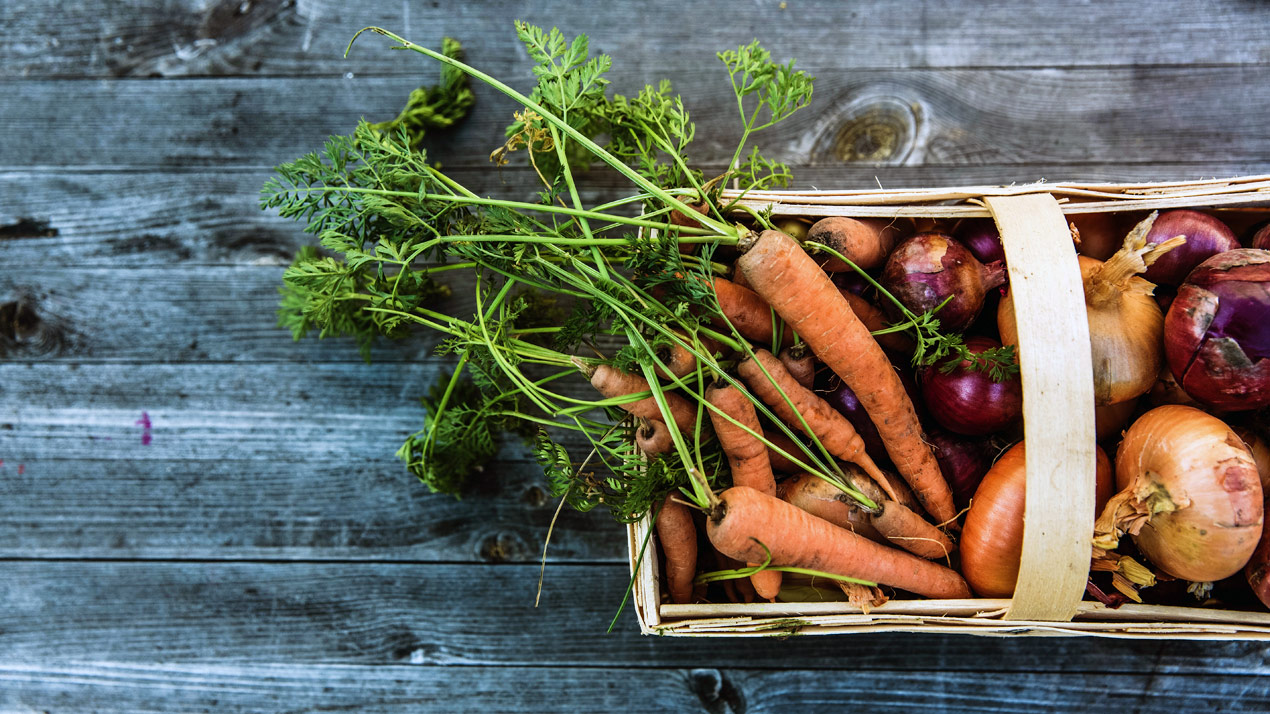
Outdoor kitchen
If you are little more ambitious and want to set up a kitchen outdoors, some careful planning is in order. Start by making some careful considerations:
Spend some time in an outdoor kitchen before you begin your plan and see if you can answer these questions. Create the right kitchen and it will be somewhere you want to spend every evening, whatever the weather is like.
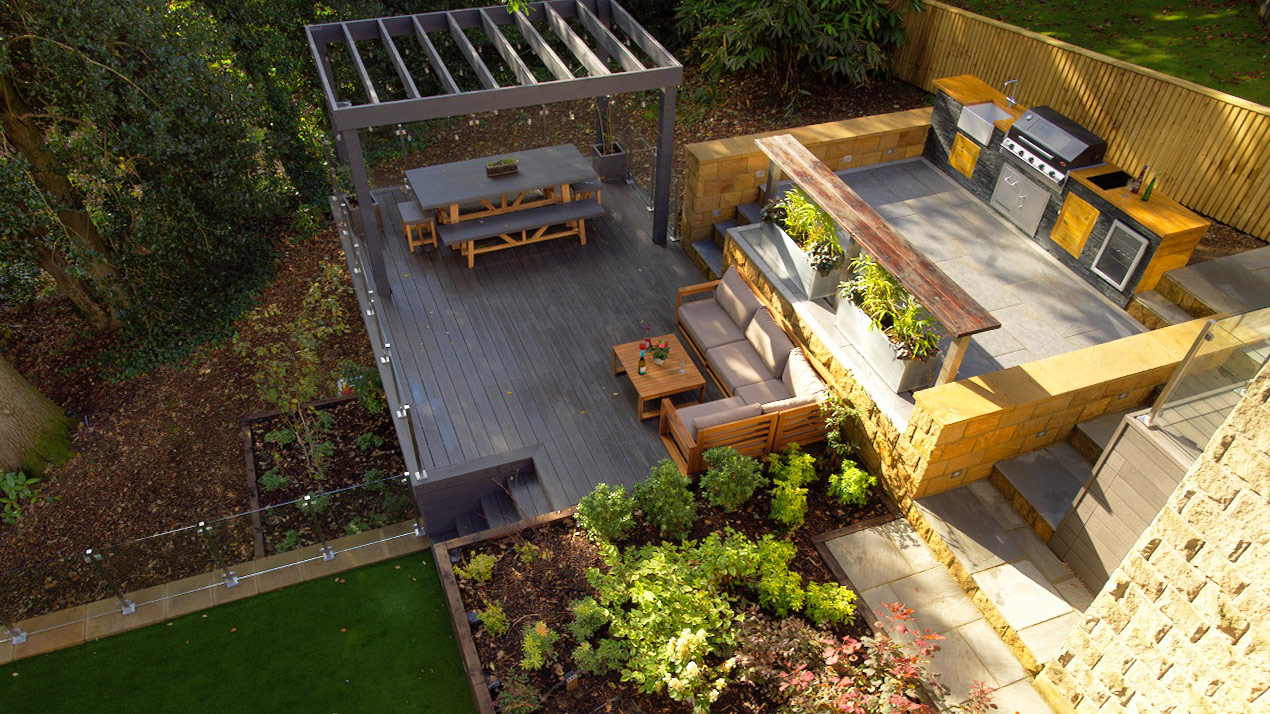
4. Hearing / Touch: Windchimes & chirping birds
Sensory gardens should make great use of sound if they are to be good for those with autism. Autistic people have an increased auditory capacity and can find loud and high-pitched noises distressing. Introduce calming noises to your list of sensory garden ideas, such as wind chimes, bamboo stems, water features and rustling trees. Trees and shrubs can entice songbirds to your garden and further enhance the tranquillity of the space.
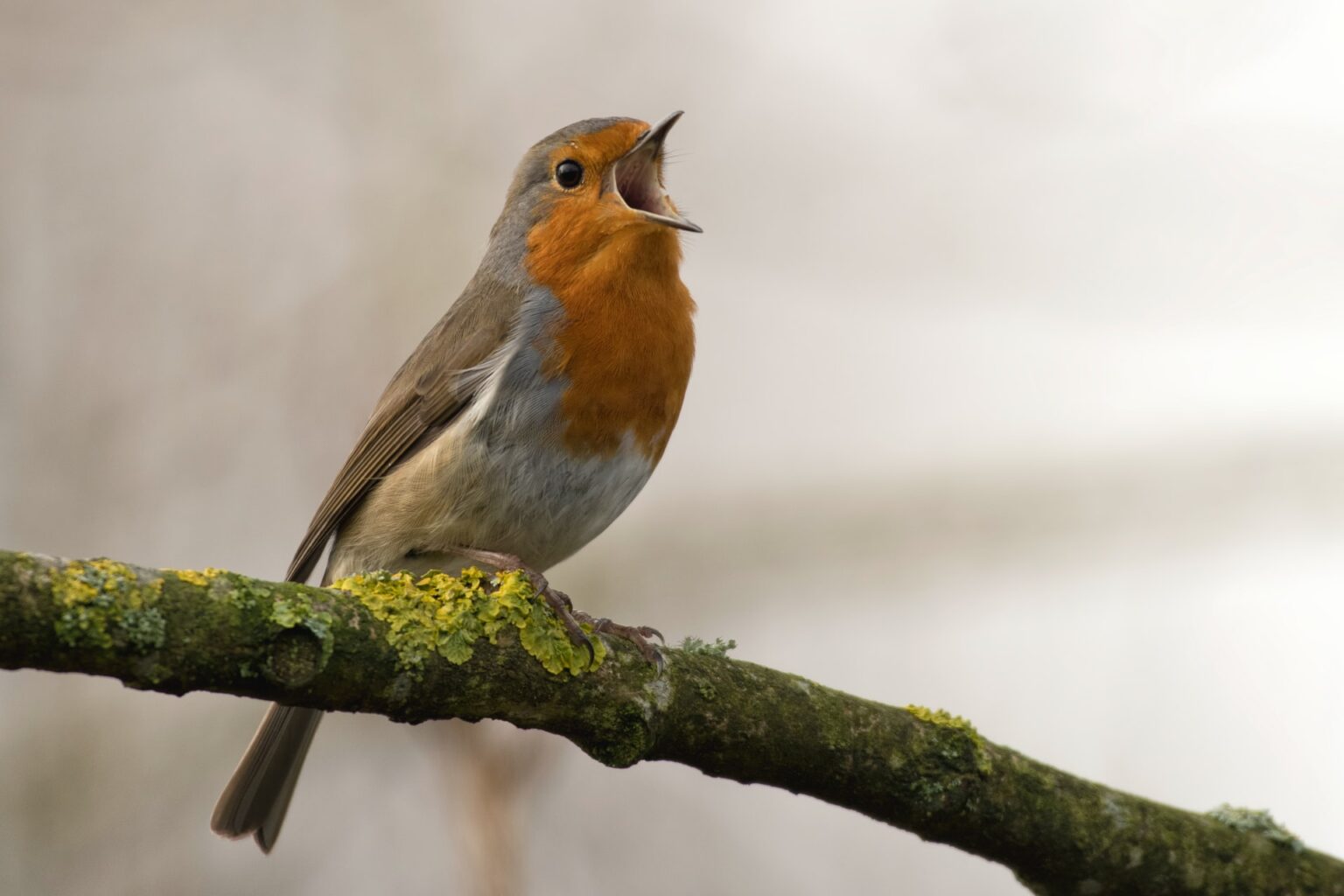
Windchime types
Despite the presence of various types of windchime across the world, they are fairly uniform in how they work and the notes they play. Most are tuned to a ‘pentatonic’ scale comprised of five notes that easily harmonise with one another. The variety of windchime comes from the material used. You may find windchimes made from metal, bamboo, clay, glass and porcelain, and more eccentric designs that utilise shells, keys and other ephemera.
Songbirds
The UK is a haven for songbirds and many are common enough to be heard in your own backyard. The trees most popular with songbirds are Birch, Holly and Rowan, but these can take time to take root. You might consider instead using a bird bath or table to attract songbirds. Particularly prevalent songbirds include:
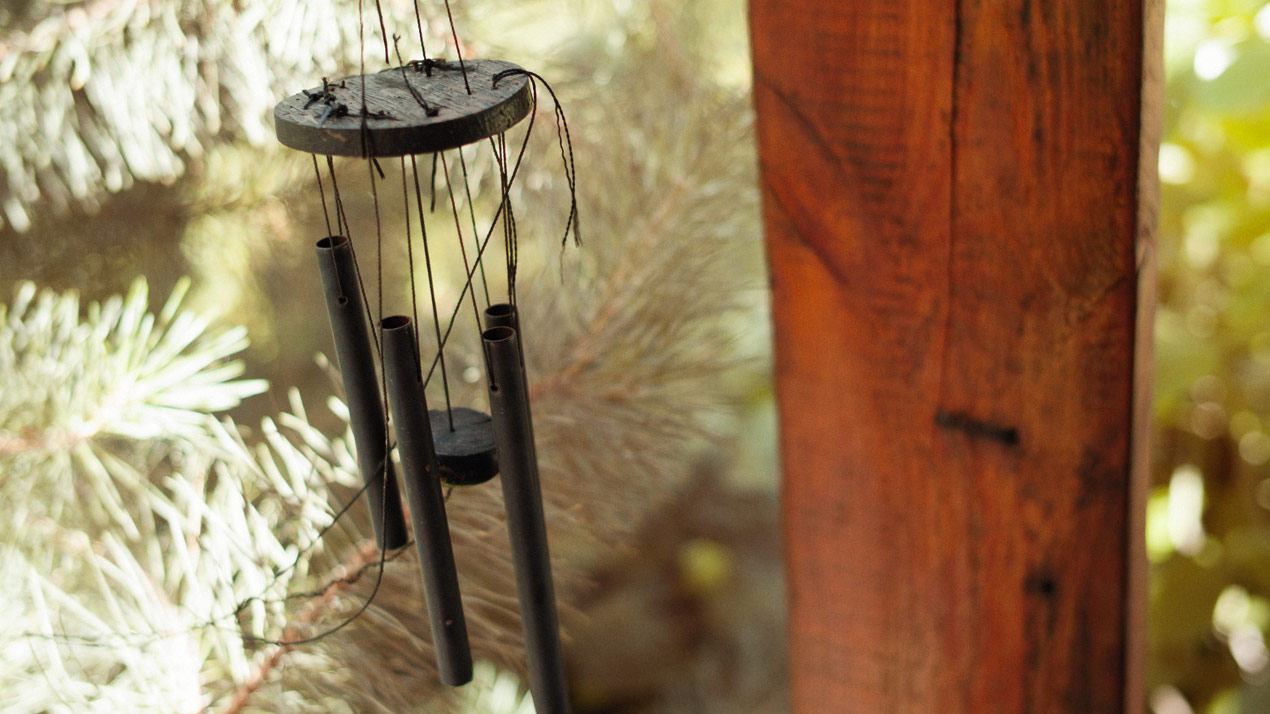
5. Touch / Hearing: Textures with sensory walls & water features
Running or standing water can be a most fascinating and interactive feature of any garden. There are many types of water features that can bring an enchanting mix of sensations and sounds. Invite your guests to play with the water feature or have a refreshing splash.
You can also engage their sense of touch with a sensory wall. These are combination features that make use of unique stone, wood or a DIY mix and match of sound-making or patterned objects.

Garden for the blind
The ‘Blindengarten’ in Bad Homburg is comprised of eight high beds of fragrant herbs and flowers, each of which have braille explanations to describe each plant and what it is used for. Blind people using the garden can orientate themselves by the sound of the fountain which sits at the centre.
It’s a testament to how water features can make a huge difference to a sensory garden. When locating your water feature, think carefully about how it will orientate your visitors and how it may accentuate the plant beds and other features around it.
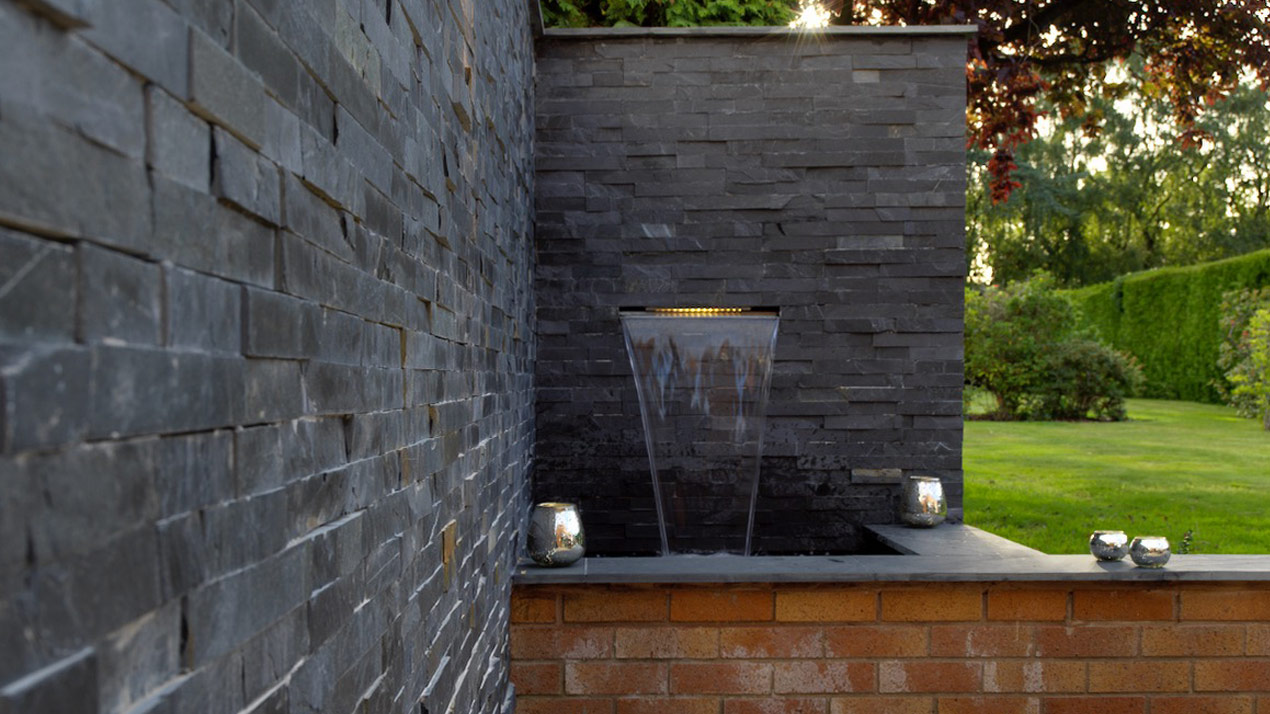
Water and stone
Something you might consider as you design your water feature is how it will affect the stonework around it. It is tempting to try and make sure everything is neat with the feature, but you would be missing out on the interesting ways it affects the shade of the stone. Splashing Indian Sandstone, for instance, will bring out its natural reds and ambers. Adding water to a dark limestone will bring out deep and vivid blues, and slate will turn a velvety black.

How to start planning your sensory garden
The above are just a few of the sensory garden ideas you could include in your plan. Make sure you get creative with it, and think about what your visitors might connect with most. What follows are a few tips to help you get started:
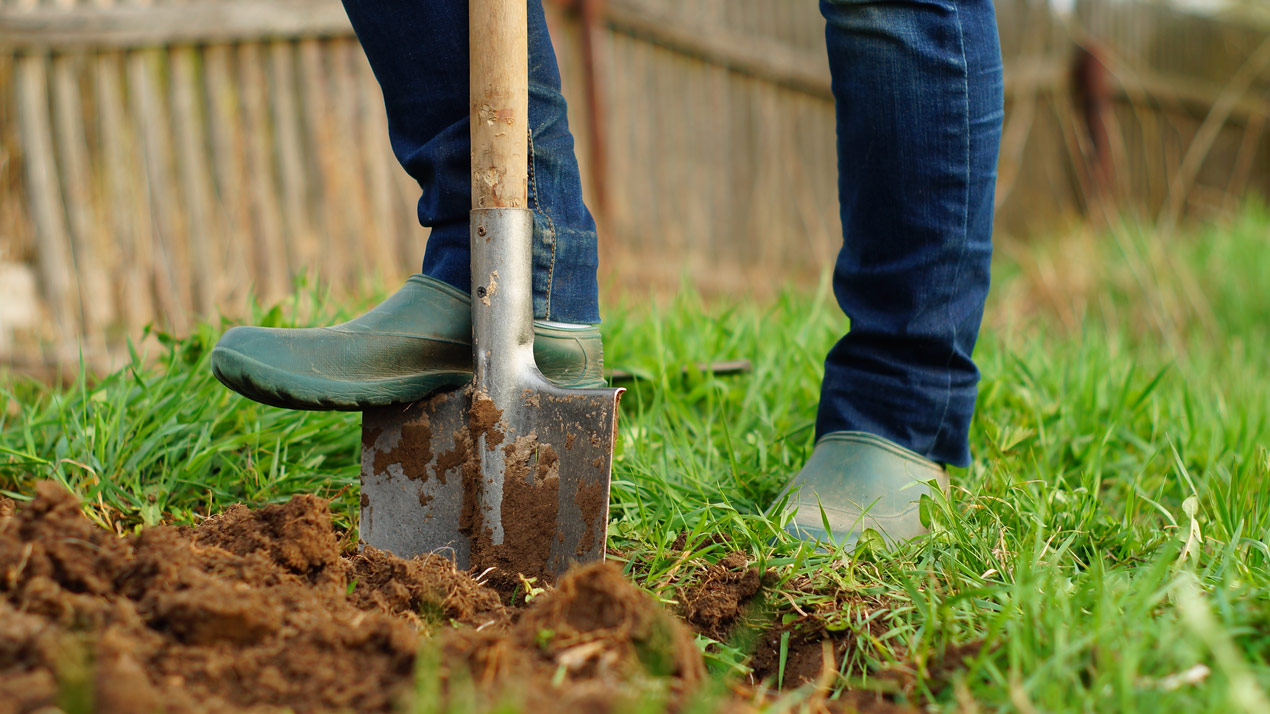
Choose your sensory garden design & pathways
The layout of your sensory garden should be well thought out and easy to navigate. Pathways should allow children and adults to walk freely between each area, with plenty to view on the way. Traditional paving slabs can offer easy access to the features of your garden, and have the added visual feature of changing tone or colour when wet or dry.
It’s not only the visual element of your pathway that can be stimulating. Use crunchy gravel, bark, logs, grass and paint to build a pathway that activates touch and hearing. A sensory path will particularly support children with autism and sensory processing disorders by stimulating a variety of neurological responses.
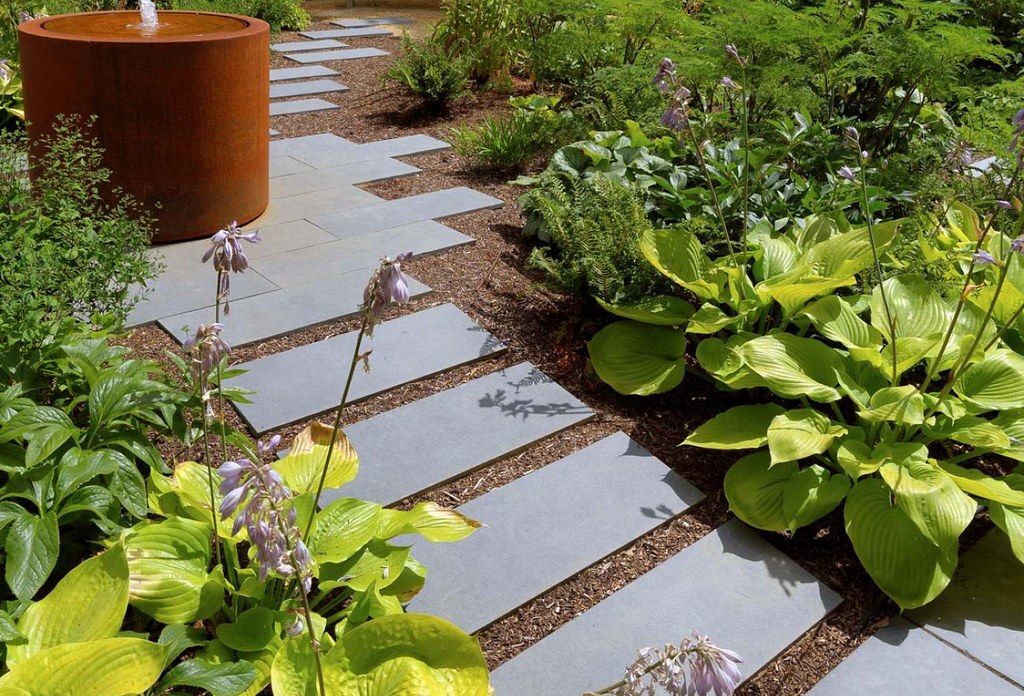
Decide on your zones & features
When you come to design your sensory garden, you should divide each area into zones. These zones can each target a sense or a combination of senses so that, as your visitors navigate it, they get to experience different sensations as they travel. Plan your garden by mapping out how you will stimulate these senses and you will find the design stage much simpler.

Plan for any DIY sensory garden ideas
DIY sensory garden ideas can add extra time to your project, so make sure you plan them in advance. Upcycling ideas will help reduce your costs, and provide an opportunity for your visitors to get involved further. Painting pebbles and planting flowers are just a few of the DIY activities they could help with.
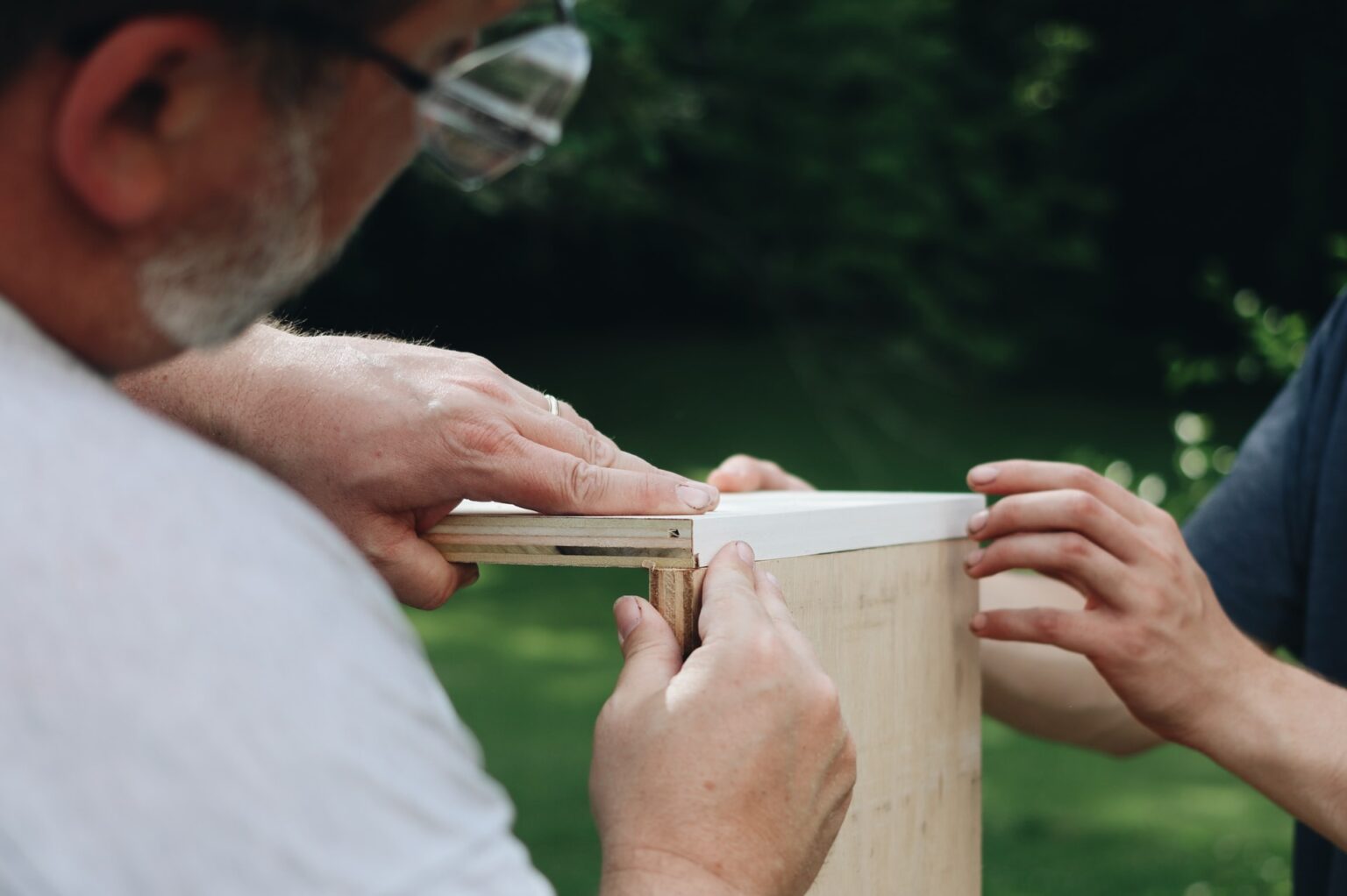
Next steps
Once you have a sensory garden plan in place, it’s time to get landscaping and gardening. Whether you’re working in a team, or on your own, building a sensory garden itself can be a stimulating and enriching experience. Why not start today?
Related Products & Articles
At Paving Direct, we offer a range of products that can enhance the design of your sensory garden, including circular paving and garden edging for sensory zones, through to stone walling for textured tiers, and natural stone paving for unique pathways. For more information or advice on your next garden project, get in touch with our expert team today.
You may also want to do some extra reading on how to improve your garden space with the following articles:

